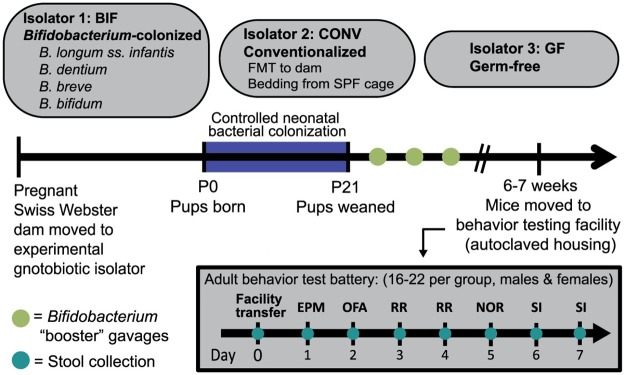Fig 1. Neonatal colonization with a complex microbiota and a simplified model of the human infant microbiota.
Controlled colonization of pups and dams in each gnotobiotic isolator occurred during the neonatal, P0 –P21 developmental window (P = postnatal day). Pups received oral gavages of either the Bifidobacterium treatment (BIF group), or sterile PBS (CONV and GF groups). The Fecal Microbiota Transplant (FMT) was delivered to the CONV dam on P1. After transfer out of the gnotobiotic isolators, the order of behavior testing performed in adult (6–7 week old) mice was: EPM = Elevated Plus Maze, OFA = Open Field Assay, RR = Rotarod, NOR = Novel Object Recognition, and SI = Social Interaction. See the Methods section and S1 Extended Methods for additional experimental detail. Results presented as mean ± SEM. GF = germ-free (n = 9m/13f), CONV = Conventionalized (n = 11m/8f), BIF = Bifidobacterium-colonized (n = 8m/9f).

